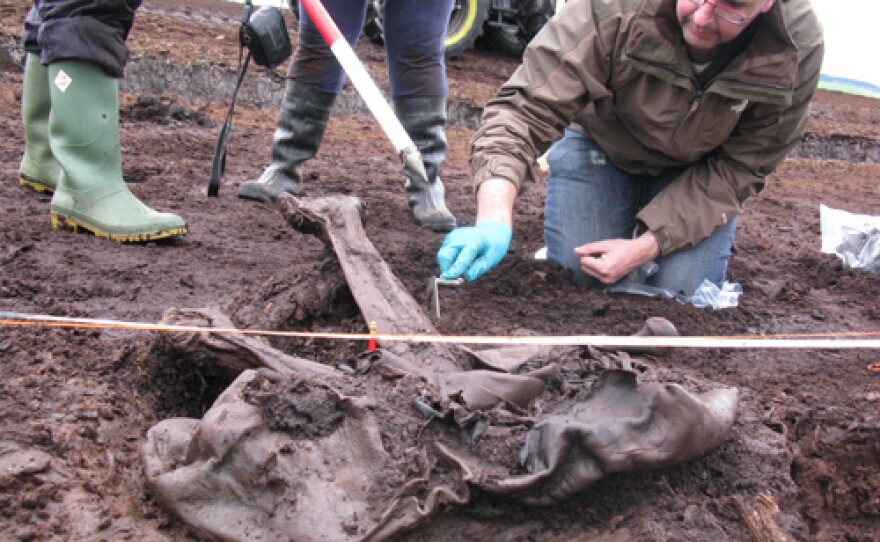—Hunt for clues to the identity and death circumstances of victims unearthed in Ireland’s bogs—
In the hills of Ireland’s County Tipperary, a laborer harvesting peat from a dried-up bog spots the remnants of a corpse — a headless torso almost perfectly preserved and stained dark brown by the bog.
Archaeologists recognize it as one of Europe’s rare bog bodies: prehistoric corpses flung into the marshes. The corpse eventually will be dated to the Bronze Age, more than 4,000 years ago. Forensic evidence reveals a shockingly violent death.
NOVA follows archaeologists and forensic experts in their hunt for clues to the identity and the circumstances of this and other violent deaths of bog body victims.
A new theory emerges that they are ritually murdered kings, slain to assure the fertility of land and people.
NOVA’s ancient detective story opens a tantalizing window on the beliefs of Europe’s long-vanished prehistoric peoples.



10 Ways To Make A Mummy
For many people the word "mummy" conjures up images of linen-wrapped royalty from ancient Egypt. But for scientists it describes any body that retains soft tissue—most often skin, but sometimes even eyes and internal organs—long after death. Peat bogs in Europe made mummies, and so did a cave in Greenland and a mountaintop in the Alps.
In this slide show, examine both natural forces and artificial techniques that have created mummies around the world. (Courtesy of Susan K. Lewis, 2006)
Watch On Your Schedule:
This full episode is available to stream on demand with KPBS Passport, video streaming for members ($60 yearly) using your computer, smartphone, tablet, Roku, AppleTV, Amazon Fire or Chromecast. Learn how to activate your benefit now.
Join The Conversation:
NOVA is on Facebook, and you can follow @novapbs on Twitter. #NOVAnext





